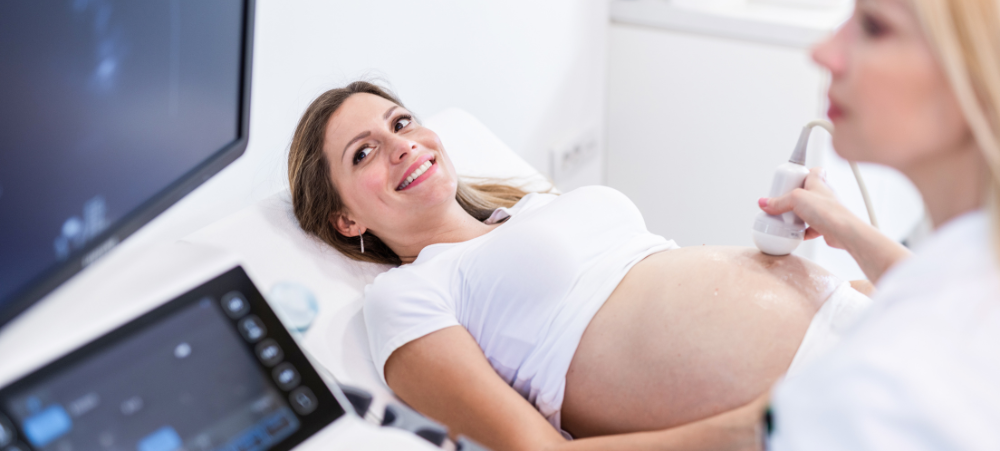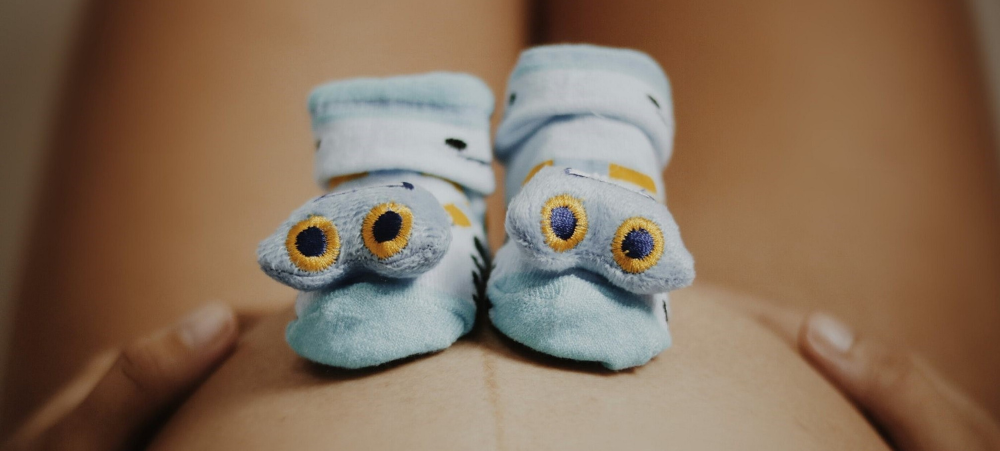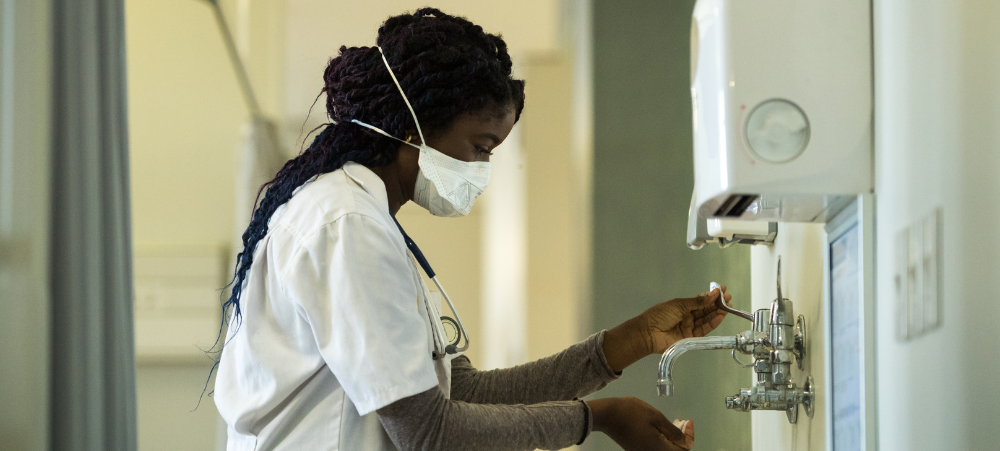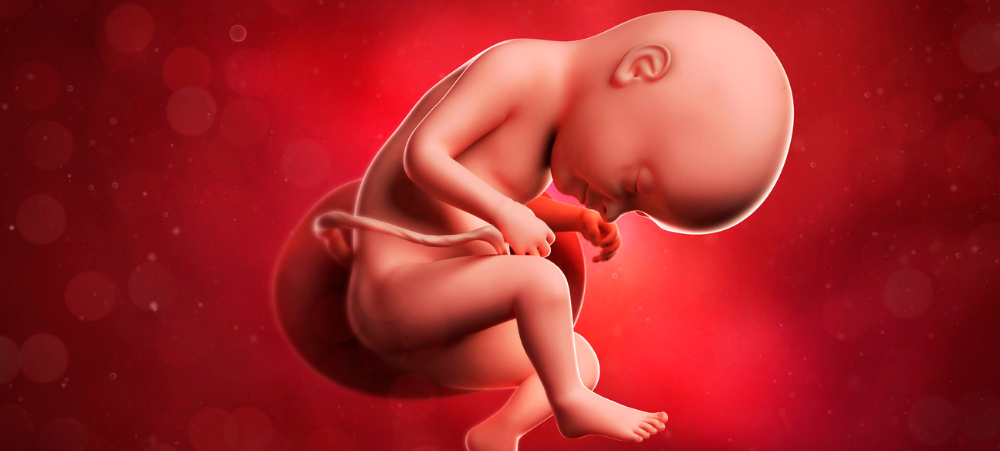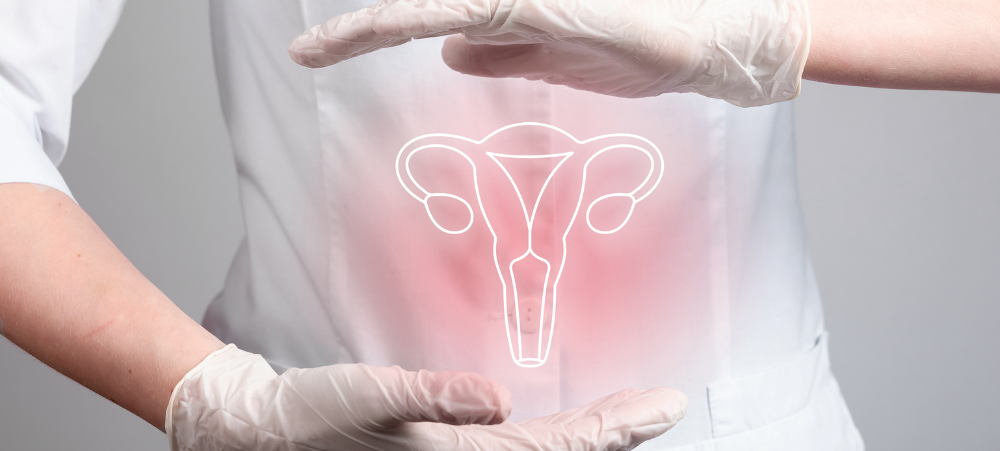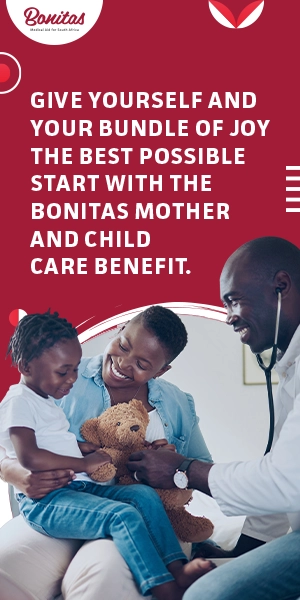‘A woman’s health is her Capital’ As far back as 2014 at the World Health Organization’s (WHO) ‘Partnership for Maternal, Newborn and Child Health Forum’, South Africa stated their alliance with WHO’s statement and said, ‘the health of mothers and their children is key to achieving development equity.’ Which is why Bonitas Medical Fund, the Medical Aid for South Africa, has teamed up with CareWorks, to bolster its mother and childcare benefits and introduce a new Female Health Care Programme. With this renewed commitment to the health and wellbeing of women and toddlers, the Scheme will shine a light on the importance of preventative care and empower women to prioritise their health. ‘In South Africa, women face a range of health challenges influenced by socioeconomic, cultural and environmental dynamics at play,’ says Dr Themba Hadebe, Clinical Executive at Bonitas. ‘Many of these healthcare factors are unique to women. Early disease detection and appropriate care programmes are proven key factors in improving treatment outcomes and prognosis. Dr Hadebe says, ‘It is common knowledge that women often put their own health needs aside to care for their families. This programme will pro-actively assist women and provide them with support, to ensure that they access prevention services when they need to, as well as treatment plans.’ Top health issues in South African women are: Non-Communicable Diseases (NCDs) Diabetes in South Africa’s is the second deadliest disease and is also the leading cause of death among women in the country. 68% of women are obese, which is a strong risk factor for Type 2 diabetes. In addition, it is estimated that 10% of pregnant women in South Africa have gestational diabetes, which may go undiagnosed. This evidences the urgent need for screening and diagnosis. Breast and Cervical Cancer The statistics are stark: 1 in 6 women worldwide is estimated to develop cancer during their lifetime. By 2040, there will be a projected rise to 30 million new cancer cases amongst women globally. Screening services are encouraged for early HPV (Human Papilloma Virus) detection and breast cancer diagnosis. Mental Health Approximately 25.7% of South Africans are affected by probable depression, with similarly elevated levels of anxiety, particularly among women. These rates are influenced by socio-economic status, adverse childhood experiences and educational levels. HIV/Aids South Africa has one of the highest HIV prevalence rates in the world – with women, especially young women, being disproportionately affected. Of the 7.3 million adults living with HIV, 64% are women. According to Dr Mizpah Moru, the Clinical Service Manager of CareWorks, ‘The programme is focussed on educating and empowering women to take control of their health and to address any barriers that may stop them accessing health services. ‘We have a highly skilled female team of clinicians who understand the specific healthcare needs of women.’ Online Assessment and Preventative Screening There are various modules in the Self Health Evaluation (SHE) – each are educational and designed to alert potential red flags related to the likes of cardiovascular disease, hypertension and diabetes. Other modules deal with prevalent cancers, mental health, pregnancy and communicable diseases like HIV, as well as screening questions for TB and STIs. SHE and risk identification will enable targeted messaging to members. Screening results will trigger a support process to assist members in accessing appropriate, targeted care programmes. ‘We’ve taken proactive steps to address their unique healthcare needs. Our aim is to provide inclusive, tailored healthcare solutions at every stage of life,’ says Dr Hadebe. Female members will be encouraged to access their Bonitas benefits to: Promote preventative care strategies for both females and toddlers Detect non-communicable diseases such as hypertension, diabetes, mental disorders, cancers, etc. Help females plan appropriately during their reproductive ages Help expecting mothers to detect and manage any risks and complications as early as possible in their pregnancy Improve access for females and toddlers to essential care Improve parent education and awareness about toddler care Expansion of the Maternity Programme The comprehensive Maternity Programme includes support for new parents with milestone reminders for children under three, immunisation reminders and online screenings for infant and toddler health. Enhanced support for expecting mothers, includes: Early identification of high-risk pregnancies Weekly engagement for high-risk pregnancies Post-childbirth follow-up calls Online assessments for pregnancy and mental health Midwives and nursing sisters will provide nurturing and caring support to women who have suffered a miscarriage and assist them in working through both the physical and mental issues associated with the loss of their baby. Support will be offered to parents of neonatal babies The programme also includes a library of female specific health topics – with a monthly focus – screening reminders and support, all communicated through SMS, WhatsApp, emails, calls and other existing digital platforms. ‘The aim of the new Female Health Care Programme is to raise awareness and promote education around health and wellness,’ says Dr Hadebe. ‘It’s about influencing behaviour positively and encouraging early screening and preventative services. Importantly, it is also about providing inclusive, tailored healthcare solutions at all stages of life, to help members live their healthiest life.’



